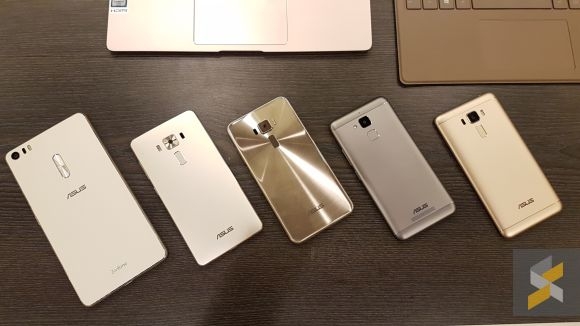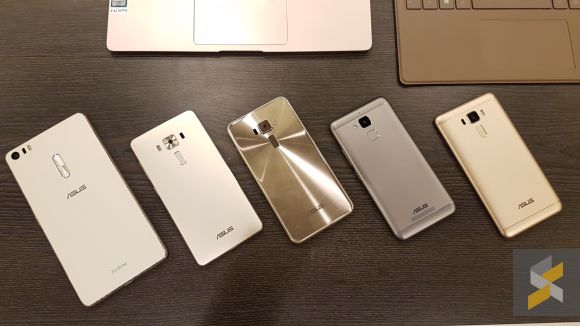Your mouth has been watering the moment ASUS unveiled their ZenFone 3 series in Computex 2016. Well, it’s time to wipe that drool off your face because they’ve finally arrived in Malaysia. Yes, ASUS launched everything, all five variants.
Launched during ASUS’s Malaysian Zenvolution event in KLCC, ASUS will be putting up two of their ZenFone 3 variants for sale and pre-order. The base model ZenFone 3 can be purchased for RM1,499 (5.2-inch) or RM1,699 (5.5-inch) while the ZenFone 3 Ultra, priced at RM2,599 is up for pre-orders to those present at the event venue. Customers who chose to pick up these devices on the day of the launch will receive a free ASUS ZenPower 10,050 mAh powerbank and an “I’m Zenny” Bluetooth Selfie Stick.
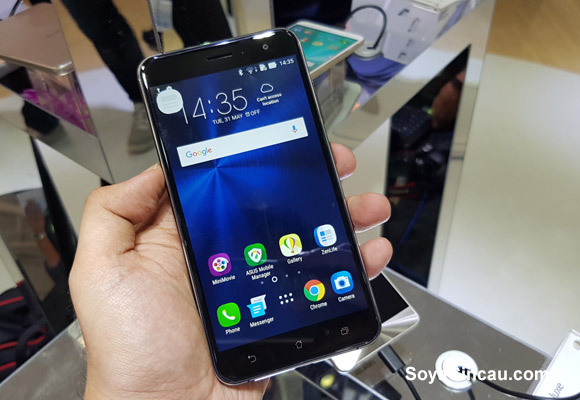
As a recap, the ASUS ZenFone 3 features a 5.5-inch or a 5.2-inch Full HD display plus a 14nm octa-core Qualcomm Snapdragon 625 processor mated to up to 4GB of RAM and 64GB of internal storage. In the camera department, the ZenFone 3 will pack a 16-megapixel Sony IMX298 primary camera with an f/2.0 aperture and an 8-megapixel selfie shooter at the front. Inside, encased in the glass and metal body is a 3,000 mAh battery that charges via USB Type C.
It does lose the classic ZenFone back volume rockers, however, in favour an oddly shaped rear-mounted fingerprint sensor. It’s rectangular, which is usually the shape they come in if it’s placed on the front. Nevertheless, the ZenFone 3 is certainly a well-built device, albeit a fingerprint magnet.
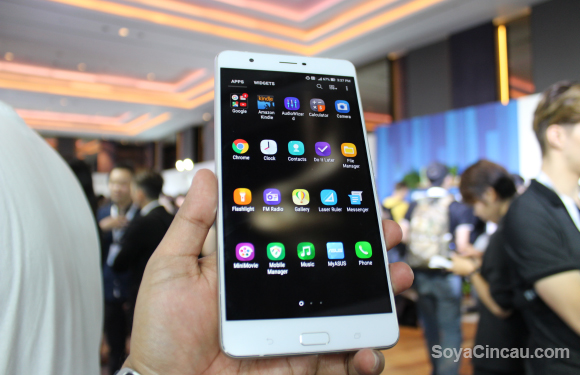
On the other hand, the much larger ZenFone 3 Ultra comes in with a massive 6.8-inch display with a Full HD resolution. Inside, it will feature an octa-core Snapdragon 652 processor with up to 4GB of RAM and 64GB of internal storage (further expandable via microSD). Keeping with the theme of upsizing, the ZenFone 3 Ultra also sports a massive 4,600 mAh battery that charges via USB Type-C and supports QuickCharge 3.0. With that fast-charging standard, the ZenFone 3 Ultra can go from 0%-60% in just 45 minutes. What’s more, the USB Type-C port also supports HDMI output.
Further strengthening its position as a phablet multimedia consumption device, the ZenFone 3 Ultra has a pair of 5-magnet speakers which ASUS claims can produce great sound without distortion even at high volumes. We quite like the speakers but were a little disappointed that they were bottom-firing. Surely with such a large device they could’ve fit them on the front. For audiophiles, the device does push Hi-Res audio along a 7.1 channel virtual surround sound with DTS Headphone:X. In the camera department, the ZenFone 3 Ultra features the same 23MP primary camera as the ZenFone 3 Deluxe.
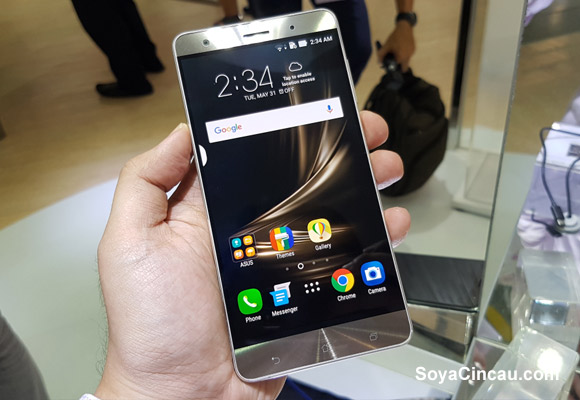
Also announced was the flagship ASUS ZenFone 3 Deluxe. This handset is the ultimate ZenFone 3 with all the high-end goodies you’ve come to expect on a flagship Android smartphone. It’s got a 5.7-inch Fill HD display at the front with a Snapdragon 820/821 processor,6GB of RAM and 64GB/256GB of UFS 2.0 storage. Unfortunately, the handset also features a modest 3,000 mAh battery, which is a little disappointing considering the size of the device. The good news is that it’s got BoostMaster Fast Charging via a 9V/2A power brick.
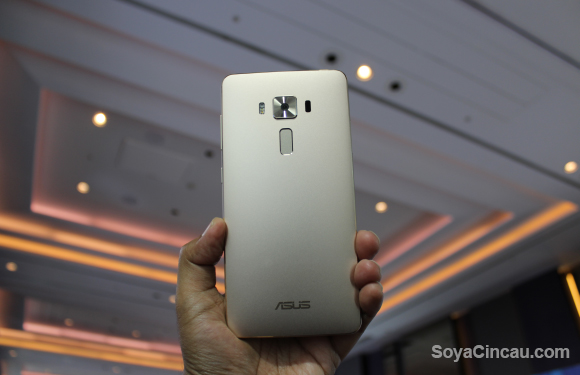
It’s also an all-metal affair. Unlike the glossy and fingerprint-magnet-y ZenFone 3, the ZenFone 3 Deluxe has a nice curved metal back, like you’d find on the Mate S, with an anodised finish to keep off fingerprints. It also sports a rectangular rear-mounted fingerprint sensor that sits just below the 23MP Sony IMX318 rear-facing camera, a camera that feels much better than the ZenFone 3’s snapper.
The ZenFone 3 Deluxe will be priced at RM3,299 for the Snapdragon 821/256GB storage variant while the Snapdragon 820/64GB storage variant will cost you RM2,599.
If you’d like more information on these devices, check out our full hands-on and first impressions of them here.
Finally, ASUS has also brought the two brand new ZenFone 3 variants that were launched just last month — the ZenFone 3 Laser and ZenFone 3 Max. These two devices are more specialised for the affordable segment of the smartphone market.
The ZenFone 3 Laser is specialty is as its name suggests — a laser autofocus paired with a 13MP primary camera with OIS and EIS. However, it’s interesting that they decided to go with this moniker as laser autofocus is standard across the ZenFone 3 lineup. In the hierarchy, you could consider the ZenFone 3 Laser as the affordable ZenFone 3. On paper, the ZenFone 3 Laser is packing a Snapdragon 430 processor with 4GB of RAM and 32GB of internal storage, though no processor specifications were mentioned. It also has a 5.5-inch Full HD display and a rear-mounted fingerprint scanner. The ZenFone 3 Laser is priced at RM999
ASUS’s ZenFone Max, on the other hand, boasts a massive battery and long battery life. As a result, this 5.2-inch device packs a 4,100 mAh cell that ASUS can give you 20 hours of 4G LTE web browsing and 15 hours of video playback. Interestingly, however, the cell in the ZenFone 3 Max is smaller than the old ZenFone Max’s 5,000 mAh cell.
Inside, it’s powered by a MediaTek MT6737 quad-core processor with 3GB of RAM and 32GB of internal storage. The ZenFone 3 Max is priced at RM799.

